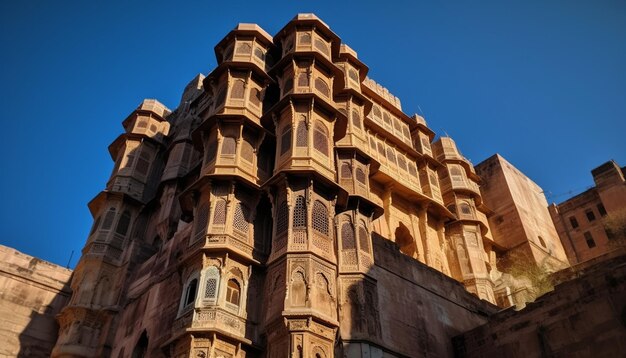Indian Architecture Evolution Tradition Modernization

The Fusion of Heritage and Innovation: How Indian Architecture is Shaping the Future
Indian architecture is a blend of timeless traditions and cutting-edge innovation, reflecting the country's rich history and rapid modernization. From ancient temples and palaces to contemporary skyscrapers and sustainable housing, India's architectural landscape tells a story of adaptation, growth, and resilience.
Ancient Roots: Traditional Indian Architecture
India’s architectural history spans thousands of years, with distinct styles influenced by diverse cultures, including Hindu, Mughal, Buddhist, and colonial. Temples like the Brihadeeswarar Temple in Tamil Nadu and Konark Sun Temple in Odisha are prime examples of ancient Indian craftsmanship, known for intricate carvings and precise geometry.
Key Elements of Traditional Indian Architecture:
- Vastu Shastra: An ancient Indian science of architecture that promotes harmony between human habitation and nature.
- Ornate Detailing: Complex carvings, sculptures, and murals on temple walls and palaces.
- Materials: Natural stone, wood, and locally available resources that blend seamlessly with the environment.
Colonial Influence: The Blend of East and West
During British rule, Indian architecture underwent significant changes. Colonial buildings like Victoria Memorial in Kolkata and Rashtrapati Bhavan in Delhi reflect a blend of European styles with Indian influences, creating a unique Indo-Saracenic aesthetic.
Modern Innovations: Sustainable and Smart Design
Today, Indian architecture is evolving to meet the needs of a growing urban population while maintaining a deep respect for tradition. Cities like Mumbai, Bangalore, and Delhi are home to eco-friendly buildings and smart city designs.
Key Features of Modern Indian Architecture:
- Sustainability: Use of solar energy, rainwater harvesting, and energy-efficient materials in construction.
- High-Rise Buildings: Cities are embracing vertical growth with cutting-edge skyscrapers like Mumbai’s Imperial Towers.
- Green Spaces: Incorporating gardens and natural environments into urban settings to enhance the quality of life.
The Future: Bridging Past and Present
Indian architects are increasingly integrating traditional elements with modern techniques, preserving cultural heritage while adapting to global trends. Hafeez Contractor, one of India's leading architects, is known for this fusion, creating spaces that are both functional and artistic.
Indian architecture continues to evolve, blending ancient wisdom with contemporary innovation, ensuring that the country’s cities, towns, and rural spaces reflect its dynamic past and promising future.
